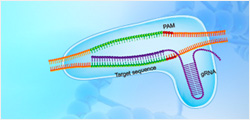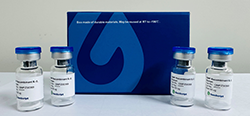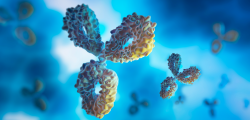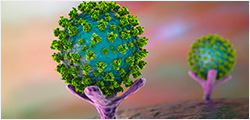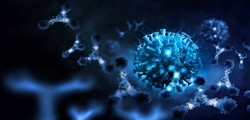Apnea of prematurity (AOP) defined as cessation of breathing for 15-20?s, is commonly seen in preterm infants. Caffeine is widely used to treat AOP due to its safety and effectiveness. Caffeine releases respiratory arrest by competing with adenosine for binding to adenosine A and A receptors (AR and AR). Long before its use in treating AOP, caffeine has been used as a psychostimulant in adult brains. However, the effect of caffeine on developing brains remains unclear. We found that AR proteins for caffeine binding were expressed in the brains of neonatal rodents and preterm infants (26-27?weeks). Neonatal AR proteins colocalized with PSD-95, suggesting its synaptic localization. In contrast, our find... More
Apnea of prematurity (AOP) defined as cessation of breathing for 15-20?s, is commonly seen in preterm infants. Caffeine is widely used to treat AOP due to its safety and effectiveness. Caffeine releases respiratory arrest by competing with adenosine for binding to adenosine A and A receptors (AR and AR). Long before its use in treating AOP, caffeine has been used as a psychostimulant in adult brains. However, the effect of caffeine on developing brains remains unclear. We found that AR proteins for caffeine binding were expressed in the brains of neonatal rodents and preterm infants (26-27?weeks). Neonatal AR proteins colocalized with PSD-95, suggesting its synaptic localization. In contrast, our finding on AR expression in neonatal neurons was restricted to the mRNA level as detected by single cell RT/PCR due to the lack of specific AR antibody. Furthermore, caffeine (200?μM) at a dose twice higher than the clinically relevant dose (36-130?μM) had minor or no effects on several basic neuronal functions, such as neurite outgrowth, synapse formation, expression of AR and transcription of CREB-1 and c-Fos, further supporting the safety of caffeine for clinical use. We found that treatment with CoCl (125?μM), a hypoxia mimetic agent, for 24?h triggered neuronal death and nuclear accumulation of HIF-1α in primary neuronal cultures. Subsequent treatment with caffeine at a concentration of 100?μM alleviated CoCl-induced cell death and prevented nuclear accumulation of HIF-1α. Consistently, caffeine treatment in early postnatal life of neonatal mice (P4-P7) also prevented subsequent hypoxia-induced nuclear increase of HIF-1α. Together, our data support the utility of caffeine in alleviating hypoxia-induced damages in developing neurons.





